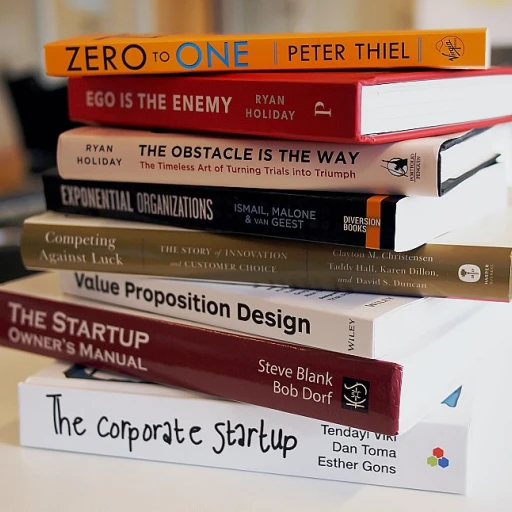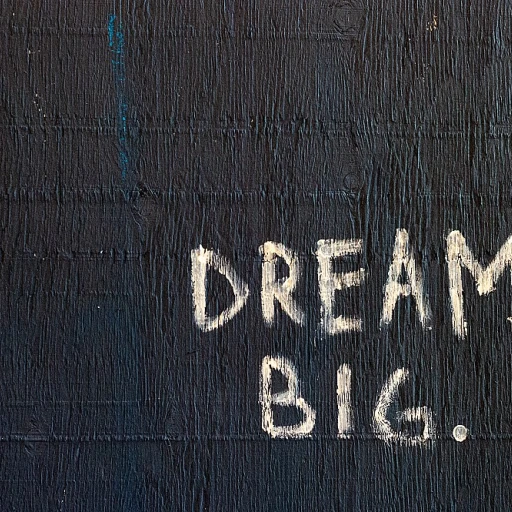Defining Work-Based Learning
What is Work-Based Learning?
Work-based learning (WBL) is an educational strategy that integrates a student's classroom learning with practical work experience. It bridges the gap between theoretical knowledge and real-world skills, providing students with valuable insights and practical experience in their chosen fields. This type of learning is essential for developing the necessary skills for the workforce, offering a dynamic environment where students can learn by doing.
WBL encompasses a variety of learning experiences, such as internships, apprenticeships, cooperative education, and job shadowing. Each of these formats offers students different opportunities to apply what they've learned in school to a real-world job setting. Through these experiences, students can gain hands-on expertise, cultivate professional networks, and enhance their career exploration efforts.
Community colleges and technical schools often offer robust WBL programs, designed in cooperation with local businesses and industries. These programs provide both an academic and practical understanding of a profession, allowing students to earn academic credits while advancing their career technical skills.
For more insights into how such educational pathways can lead to fruitful career transitions, consider exploring a pathway to a new career in fields such as esthetics, which illustrates how structured learning experiences can propel you into new vocational journeys.
Benefits of Work-Based Learning for Career Transitions
Unlocking Career Potential through Work-Based Learning
Work-based learning (WBL) offers an array of benefits that significantly aid in career transitions, especially for students in college and technical education programs. Integrating theoretical knowledge with practical exposure stands as a key advantage of WBL programs. By engaging in work-based learning practices, students acquire invaluable job-specific skills that cannot be taught in a classroom setting alone. The seamless blend of work experience and academic studies fosters holistic professional development. Students participate in cooperative education and apprenticeship programs, allowing them to gain hands-on experience while earning their credit hours. Exposure to real-world work environments enables them to adapt quickly to the dynamic demands of the job market. In addition to technical skills, WBL enhances essential soft skills. These experiences empower students with problem-solving capabilities, effective communication, and teamwork skills, all crucial for career exploration and successful transitions. Moreover, by connecting with industry professionals and building networks within their community, students often receive guidance and mentorship that can propel their careers forward. Career exploration through work-based learning doesn't just expand skill sets, it provides a competitive edge in the job market. For students embarking on this path, understanding the duration of esthetician school, for example, is vital. If you're intrigued and would like to explore more, check out this link on understanding the duration of esthetician school. Moreover, the U.S. Department of Education highlights the importance of aligning educational programs with current labor market demands. Initiatives in career technical education at both high school and community college levels are essential components in the education system, ensuring program study remains relevant and beneficial for future job prospects. This alignment is imperative for meeting career goals and ensuring student success in the professional landscape. Incorporating WBL into education systems calls for a collaborative effort among colleges, employers, and community partners. By doing so, students are better prepared to meet the challenges of today’s workforce, making their career transitions not only smoother but more fulfilling."}Types of Work-Based Learning Opportunities
Diverse Work-Based Learning Experiences to Explore
In the journey of career exploration and professional development, the incorporation of work-based learning (WBL) opportunities can play a pivotal role. Various programs are designed to bridge the gap between theoretical education and practical job experience, providing students with hands-on training and exposure to the professional world. These learning experiences, recognized by educational institutions like community colleges and technical education organizations, enable students to transform their learning into real-world skills. To navigate the landscape of WBL, it is essential to understand the diverse types of learning opportunities available:- Internships: These structured programs offer students a chance to gain practical work experience. They can be part-time or full-time and may vary in duration, thus allowing students to immerse themselves in a professional setting and apply their academic knowledge.
- Apprenticeship Programs: Partnering education and industry, apprenticeships provide students technical training alongside hands-on work. These programs are crucial for career technical education, providing valuable insights into specific trade skills and leading to potential job placements.
- Cooperative Education: Often referred to as "co-ops," this arrangement balances a student's school schedule with work-related tasks, allowing them to earn credits and wages simultaneously. Such opportunities enhance the work experience and promote effective career development.
- Service Learning: Integrating community service with learning objectives, service learning programs aim to promote student development through hands-on community engagement projects. These initiatives are often beneficial for those seeking careers in social or community-focused fields.
Challenges in Implementing Work-Based Learning
Barriers to Implementing Effective Learning Programs
Navigating the world of work-based learning (WBL) can be challenging for many educational institutions, including high schools, community colleges, and technical schools. Despite the recognized benefits of integrating work and learning experiences in college programs, various hurdles make it difficult for schools and students to fully realize the potential of WBL. One of the main obstacles is the coordination between educational institutions and industries. Establishing effective partnerships that deliver practical job training and relevant experiences for students requires time and effort from both sides. Educational institutions must align their programs with industry standards to ensure students receive quality hands-on training that meets workforce needs. Credit hours and program study requirements can also present challenges. Departments of education often have specific criteria that must be met to award credit for work-based learning experiences. This can limit the flexibility of programs to accommodate diverse student needs and career exploration opportunities. There's often a lack of resources and funding allocated to develop and maintain comprehensive WBL programs. This affects the availability of experienced coordinators who can effectively manage these programs, impacting professional development opportunities for both educators and students. Lastly, balancing work hours with academic requirements poses a significant challenge. Students involved in cooperative education, apprenticeship programs, or other work-based initiatives often struggle to manage their time between school obligations and career technical training. This can lead to stress and a decrease in academic performance if not properly managed. Despite these challenges, educational institutions that invest in overcoming these barriers can provide students with stimulating and enriching learning experiences. These experiences are essential for bridging the gap between education and employment, a pivotal step in successful career development.Success Stories: Career Transitions Through Work-Based Learning
Inspirational Career Shifts Via Work-Based Learning
The world of work-based learning is brimming with inspiring success stories of students who managed to transition into promising careers. These stories are testament to the effectiveness of work-based learning (WBL) programs in community colleges, career technical schools, and beyond. One such journey includes an individual who transitioned from high school into a career in technical education through a cooperative education program. As a student, they managed to gain valuable work experience and skills, and their eventual professional development was facilitated significantly by the hands-on training received. Another success story highlights a student's transformation from a theoretical learner in college to a skilled professional in a demanding job market. Their program of study included several credit hours of learning experiences that were centered around real-world tasks relevant to their career aspirations. This practical application of knowledge augmented their educational journey, substantially boosting their job readiness and career exploration insights. In the apprenticeship program sector, many who began as program students have shared remarkable stories of career advancement. Their work-based learning opportunities allowed them to learn directly within their chosen field, accruing experience and technical skills along the way. This not only helped them earn credit but also built a bridge from education to meaningful employment. Success in these endeavors often stems from a strong synergy between educational institutions and the community. By facilitating a supportive environment and offering ample resource access, these programs can greatly enhance one’s career trajectory. These narratives underline the importance of not just learning, but learning by doing, within effective work-based programs. Such hands-on experiences are vital for anyone eyeing a smoother transition into their desired professional landscape.Tips for Maximizing Work-Based Learning Experiences
Strategies to Make the Most of Work-Based Learning Experiences
Engaging in a work-based learning (WBL) program is a valuable opportunity for students to gain real-world work experience and technical skills. However, to truly maximize the benefits, it's essential to approach these experiences with intentionality and readiness. Here are some best practices to help students and learners make the most out of their work-based learning experiences:- Set Clear Goals: Before starting any WBL opportunity, such as an apprenticeship program or cooperative education, it's vital to outline your career and developmental objectives. Identifying what you hope to achieve helps tailor the work experience to meet your career exploration and technical education needs.
- Engage Actively: Dive into your learning experiences by participating in tasks, asking questions, and seeking feedback. The more active you are in your program of study, the more you'll learn. Engaging with mentors and colleagues can provide insights beyond regular job training.
- Network and Build Relationships: Utilize opportunities within the community college or work environment to build a professional network. These connections can offer future career opportunities, provide recommendations, and serve as valuable references for future job searches.
- Reflect and Apply: Take the time to reflect on what you learn in your work-based environment. Applying these insights to your education and career technical development further cements your skills. Documenting your experiences and your learning work progress can be useful for academic credit hour evaluations and future applications.
- Seek Continuous Feedback: Constantly seek feedback from supervisors and peers to improve your performance. Constructive criticisms are opportunities for growth, enabling you to refine skills and adapt to professional environments effectively.
- Utilize Resources: Leverage resources provided by your college or department of education. Career services often offer workshops, career counseling, and additional training that can enhance your professional development during and after the WBL program.




